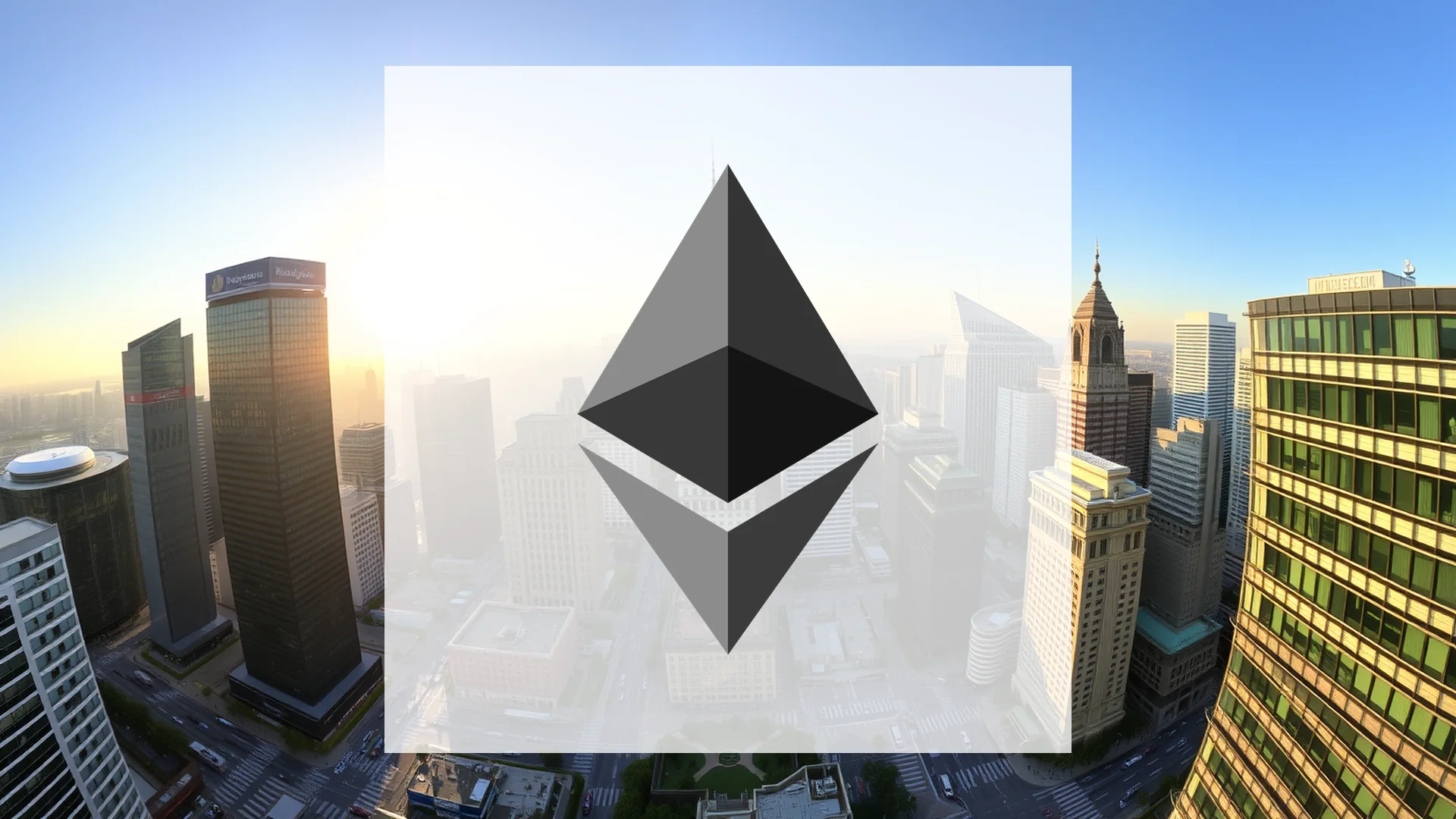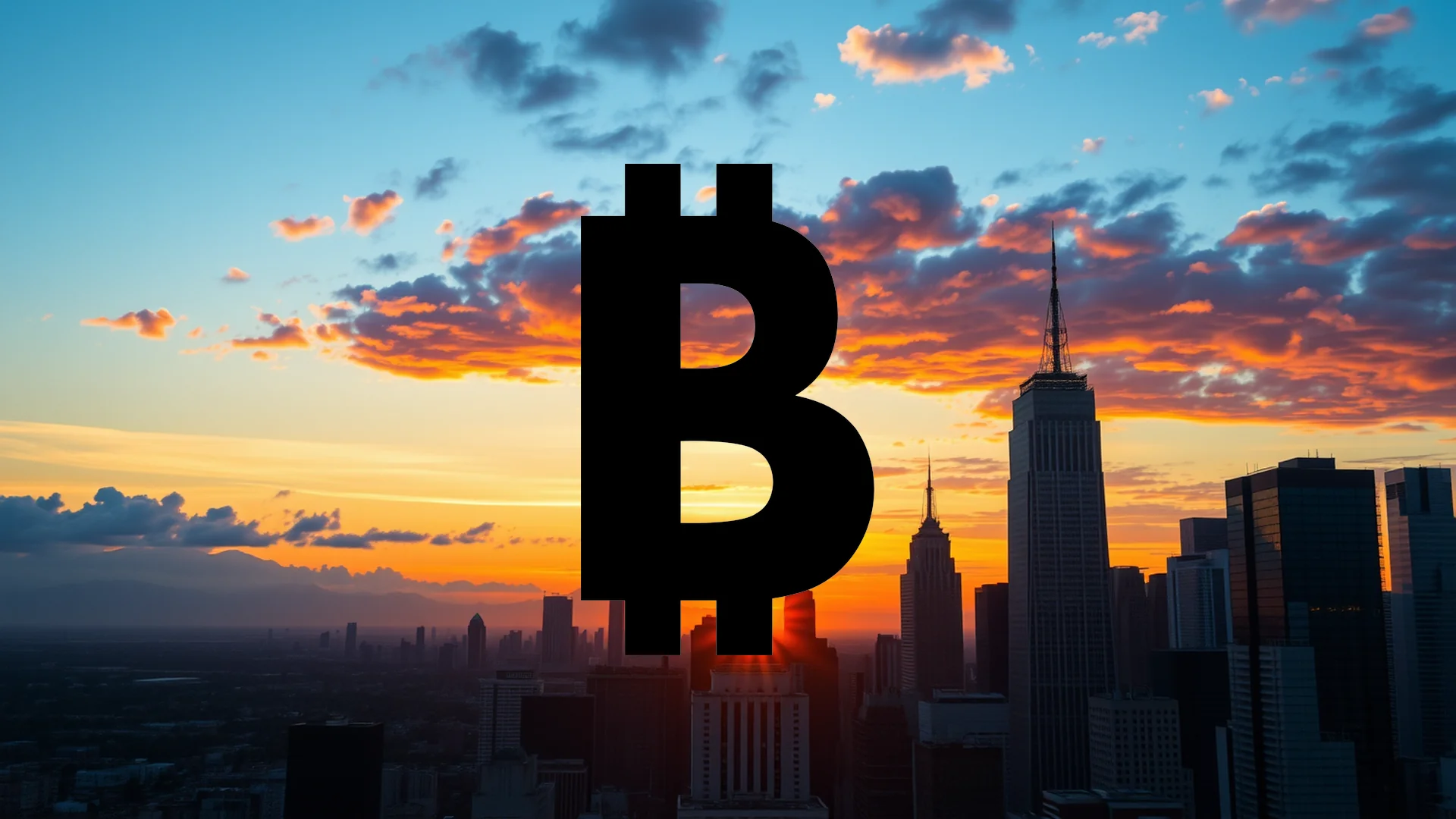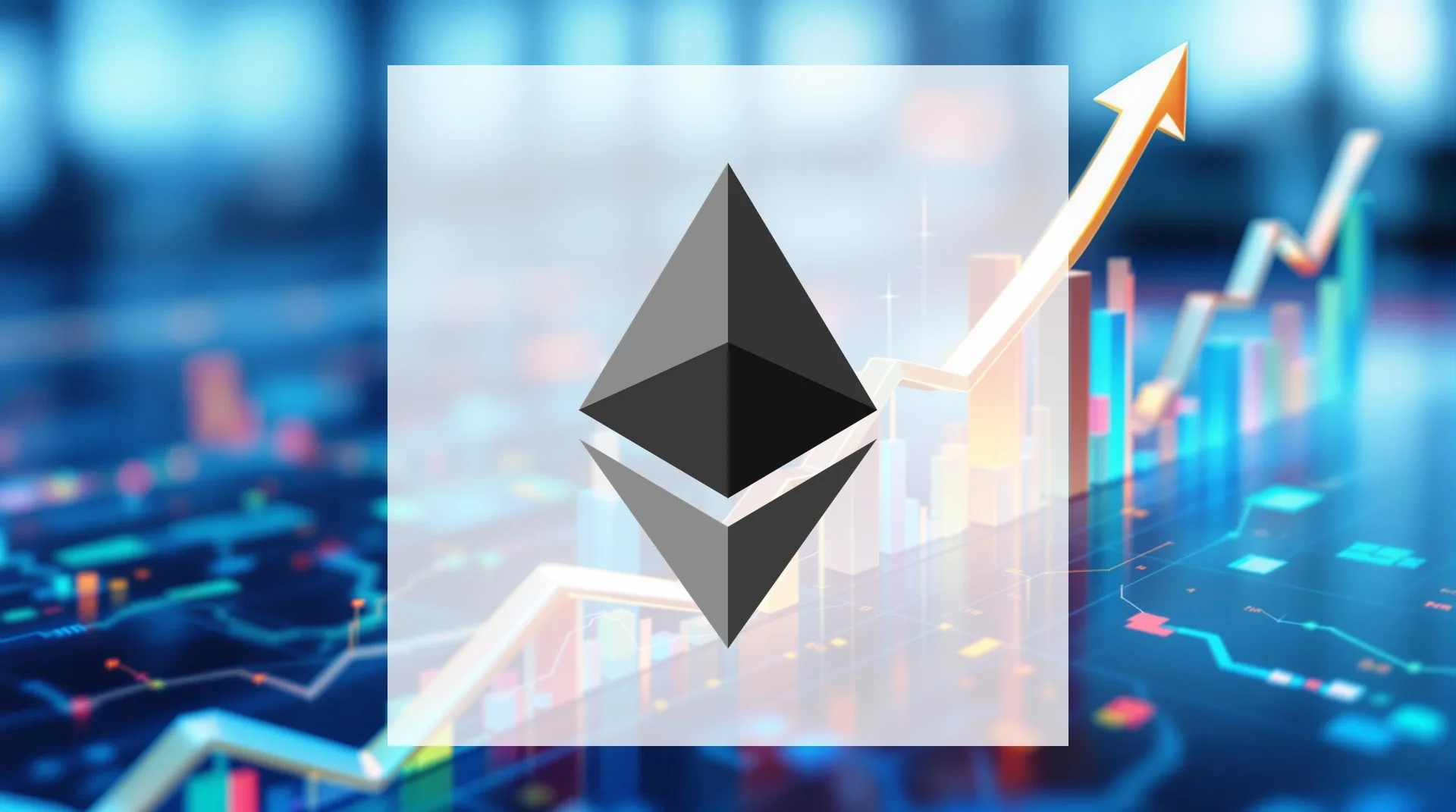The world’s second-largest cryptocurrency finds itself at a fascinating juncture, caught between conflicting institutional behaviors while standing on the brink of significant technological evolution. A sovereign nation’s ambitious blockchain initiative and upcoming network improvements add further complexity to Ethereum’s current market dynamics.
Institutional Investment Patterns Diverge
Beneath Ethereum’s struggle to maintain momentum above the $4,232 resistance level—with critical support being tested between $3,800 and $4,000—a battle of financial titans is unfolding. The landscape reveals a striking contradiction in institutional behavior.
On one hand, Ethereum whales demonstrated remarkable confidence by accumulating over $1.6 billion in ETH during October alone. This substantial buying activity coincides with exchange reserves hitting their lowest point in nine years, signaling strong conviction among major holders about the asset’s long-term prospects.
Contrasting this bullish sentiment, Ethereum ETFs experienced one of their largest outflows since inception, with $428.52 million exiting these investment vehicles. This suggests certain institutional participants are capitalizing on current price levels to secure profits, creating a clear divergence in strategy among sophisticated market participants.
Should investors sell immediately? Or is it worth buying Ethereum?
Global Adoption and Network Evolution
Beyond daily price fluctuations, transformative developments are taking shape. The Himalayan kingdom of Bhutan is undertaking a monumental shift by migrating its national identity solution entirely to the Ethereum blockchain. The project, which aims to register nearly 800,000 citizens by the first quarter of 2026, was unveiled by Ethereum co-founder Vitalik Buterin alongside Bhutan’s leadership.
Concurrently, Ethereum developers are progressing steadily with the “Fusaka” upgrade, having successfully completed the second of three tests on the Sepolia testnet. This forthcoming enhancement promises improved efficiency, enhanced security protocols, and reduced transaction costs—precisely the elements required to fuel Ethereum’s next growth phase.
Traditional Finance Embraces Digital Assets
The conventional financial sector continues its gradual embrace of cryptocurrency markets. Morgan Stanley has expanded cryptocurrency fund access to all its clients, removing previous restrictions that limited exposure to only the most risk-tolerant investors. This move by one of the world’s premier wealth management institutions effectively legitimizes digital currencies as a mainstream asset class.
While Japan considers prohibiting insider trading in cryptocurrency markets and Singapore postpones new capital requirements for banks until 2027, a clear pattern emerges: regulatory frameworks are maturing, institutional adoption continues to expand, and Ethereum remains positioned at the epicenter of this ongoing transformation.
Ad
Ethereum Stock: Buy or Sell?! New Ethereum Analysis from November 30 delivers the answer:
The latest Ethereum figures speak for themselves: Urgent action needed for Ethereum investors. Is it worth buying or should you sell? Find out what to do now in the current free analysis from November 30.
Ethereum: Buy or sell? Read more here...











